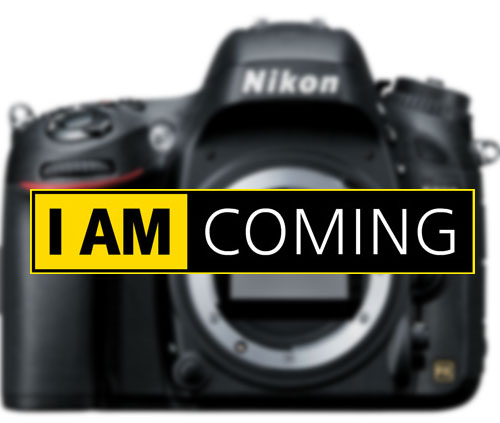

When you use the viewfinder, 39 phase-detection sensors provide coverage across the frame, which is excellent for a quick candid in which you don't have the time to pick a specific item to focus on and you rely on the camera to make the right call. The D5300 snapped into focus in well under half a second in our tests, a result that is comparable with other DSLRs in this class. The movement, however, still remained mostly smooth.

Not surprisingly, video shot by low light suffers from a lot of noise. You can plug a better microphone into the 3.5mm jack on the left side of the camera body, though, and Nikon offers a $179 stereo microphone that connects to the hot shoe and is focused to better pick up sound from the subject of the video. The D5300 also picks up the noise of the zoom lens's autofocus mechanism, which is more distracting in with some other lenses we have tried. We were disappointed by the sound quality: When the person holding the camera speaks, it easily overwhelms the small stereo microphone in front of the flash shoe, and the microphone doesn't pick up sound from in front of the camera well. We did see some rolling shutter, though, where panning the camera causes an off-putting stair-step effect, or makes fast-moving objects look like they are torn. We shot a scene of traffic on a bright day at the highest-quality settings, and this video showed smooth movement, plenty of detail, accurate colors and little noise. That makes for smoother, more realistic video that looks better on the big screen than the 30fps of rivals such as the Canon T5i. The D5300 can shoot HD video at up to 60 frames per second.
#Adobe camera raw nikon d5300 iso
The camera did boost the ISO (light sensitivity) to a rather high 2,200, which resulted in a small amount of noise (graininess) in the image, but it was definitely tolerable, and didn't distract from the fine details in the image. The shutter speed was 1/60 and the aperture was f/4.5 - both well suited to this type of photo. In a close image of a cat taken with the built-in flash, the D5300 did a nice job of capturing the fine details, like the whiskers, without overexposing the image. Regardless of lens, the images had accurate, vivid color, and the camera correctly judged exposure and white balance in both strong and dim light. Some subtle elements were lost when we used the 18-140mm kit lens, but our 35mm test lens produced sharper, cleaner images overall. However, the D5300's images didn't look much better than the D5200 photos both cameras captured small details well. However, Nikon has upgraded the image sensor and removed the Optical Low-Pass filter (OLPF), which some sensors use to make images look more natural by slightly blurring images. The D5300 has the same 24.2-megapixel resolution as the D5200. We shoot photos simultaneously in JPEG and RAW to see the camera's ultimate capabilities versus any quirks in how it produces the JPEGs. We also tested Nikon's 18-140mm kit lens. In this case, we chose Nikon's 35mm f/1.8G, which sells for $196.
#Adobe camera raw nikon d5300 full
We test all mainstream DSLRs and mirrorless cameras - those with a so-called APS-C-size sensor - using a prime (non-zooming) lens of about 35mm focal length, which is roughly equivalent to a 50mm lens on a full frame camera. Send images to smartphone, activate remote viewfinderĪmount of JPEG compression/detail, or RAW Set auto exposure to be darker or lighter


 0 kommentar(er)
0 kommentar(er)
